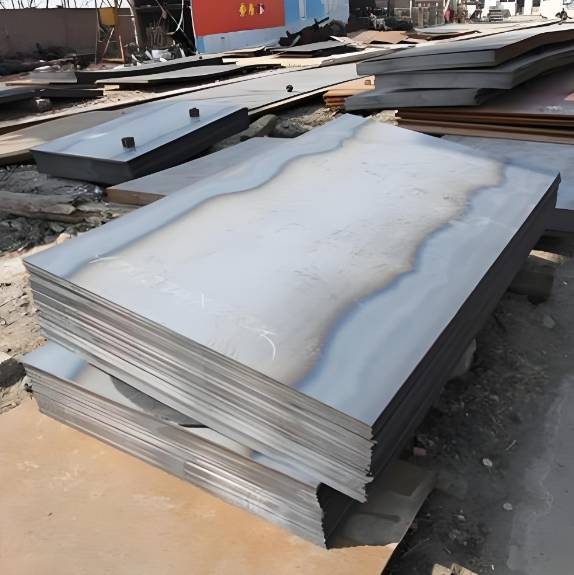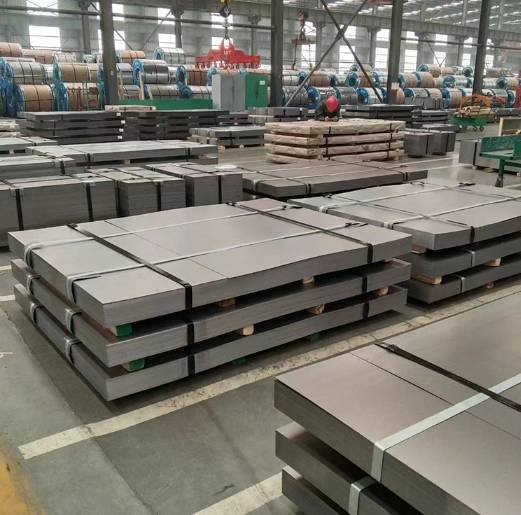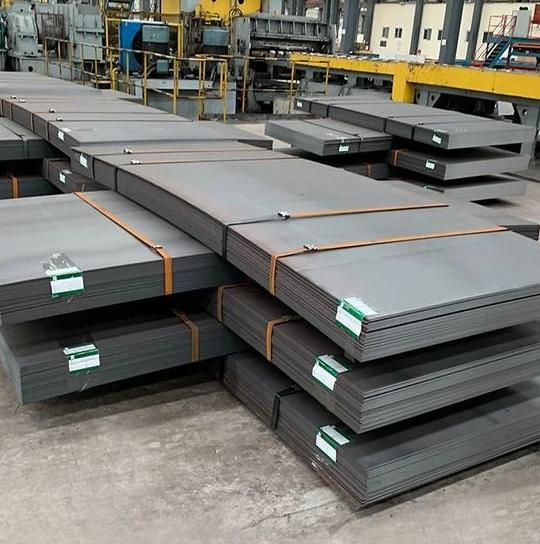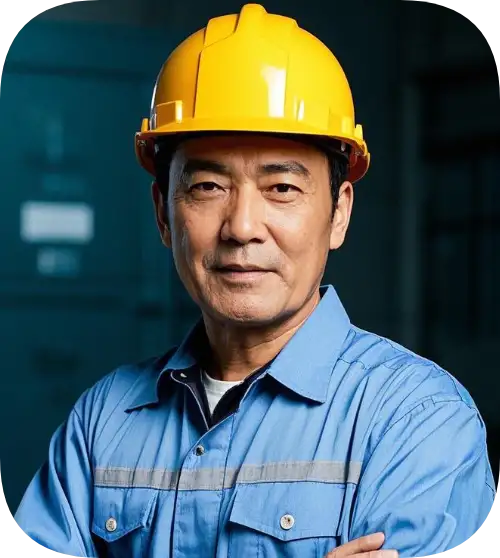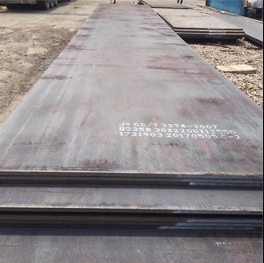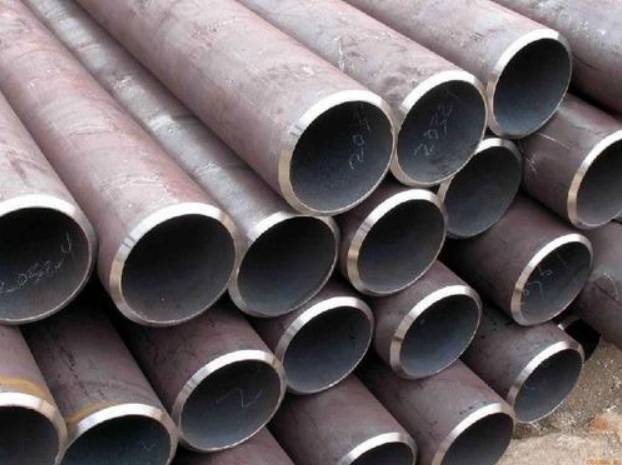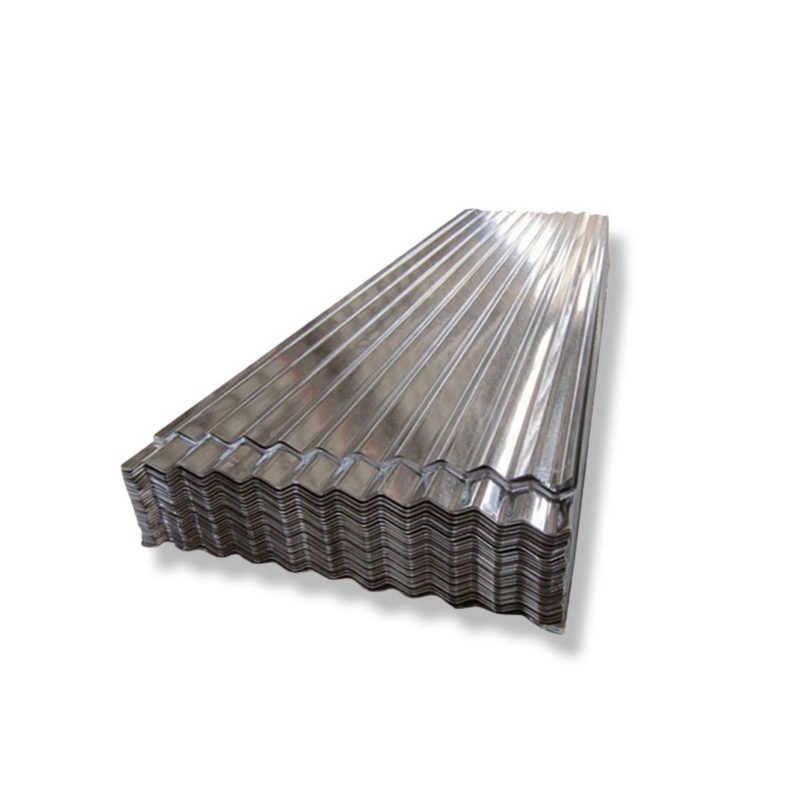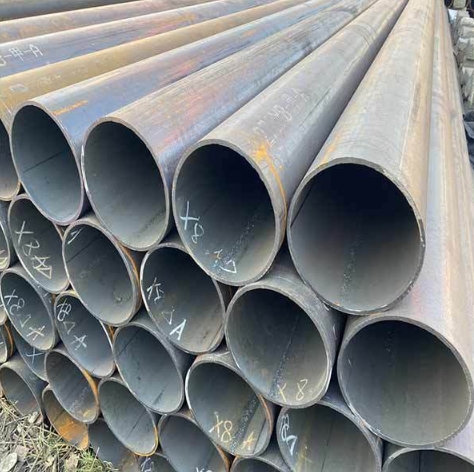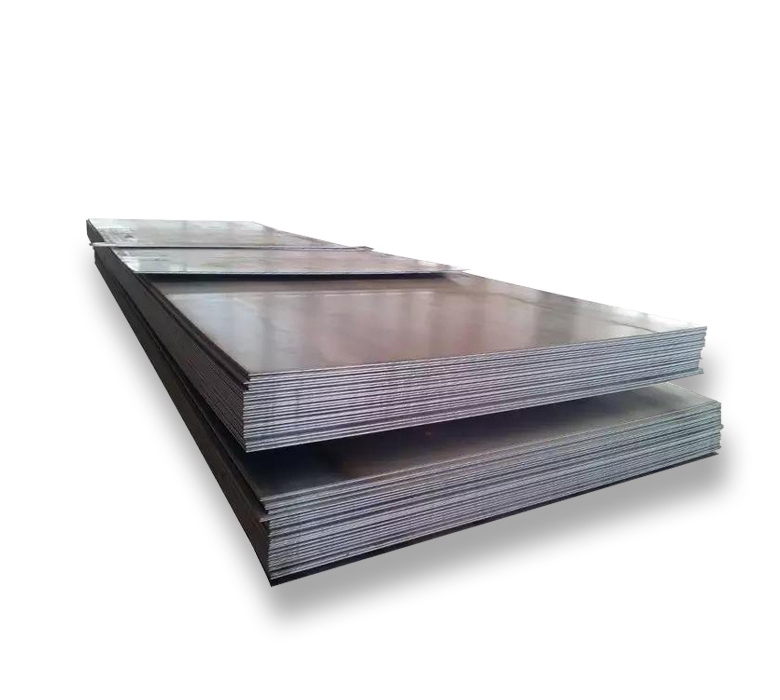What Is 1020 Carbon Steel Plate?
Looking for a cost-effective, versatile steel solution? The 1020 carbon steel plate might be just what you need. This low-carbon steel is known for its excellent weldability, machinability, and balanced strength. But how do you choose the right grade, and what makes 1020 carbon steel so popular?
This article dives deep into 1020 carbon steel plate—its properties, applications, benefits, and purchasing tips—to help you make informed decisions, whether you’re in construction, manufacturing, or fabrication.
What Is 1020 Carbon Steel Plate Made Of?
The 1020 carbon steel plate is a mild steel with around 0.18%-0.23% carbon content and up to 0.60% manganese. This simple composition makes it both affordable and easy to work with. Here’s a quick breakdown:
| Element | Percentage Composition |
|---|---|
| Carbon | 0.18 – 0.23% |
| Manganese | 0.30 – 0.60% |
| Phosphorus | ≤ 0.04% |
| Sulfur | ≤ 0.05% |
This low-carbon makeup results in a steel plate that is softer and more ductile than higher-carbon grades, making it a great choice for applications requiring shaping or welding.
Why Choose 1020 Carbon Steel Plate?
✅ Benefits at a Glance:
-
Excellent weldability
-
Cost-effective
-
Good machinability
-
Ideal for cold-forming
-
Reliable structural performance
Use Case Example:
I once worked on a mid-sized fabrication project involving support beams for a warehouse extension. We chose 1020 carbon steel plates due to their consistent quality and ease of welding. The result? A solid structure, minimal waste, and no issues during inspection.
Applications of 1020 Carbon Steel Plate
The 1020 carbon steel plate is used across multiple industries. Its versatility stems from its mechanical properties and easy processing.
Common Industries:
-
Construction – Structural supports and base plates
-
Automotive – Gear shafts, camshafts
-
Manufacturing – Machine parts, tools
-
Agriculture – Equipment components
Real-World Data:
A 2023 market report by Steel Market Update showed mild steel plates like 1020 account for 32% of total low-carbon plate demand in North America. [Source: Steel Market Update]
1020 Carbon Steel vs. 1045 Steel – Which One?
Wondering if 1020 carbon steel plate is better than a higher-carbon option like 1045? Here’s a comparison:
| Feature | 1020 Carbon Steel | 1045 Carbon Steel |
|---|---|---|
| Carbon Content | 0.18–0.23% | 0.43–0.50% |
| Hardness | Lower | Higher |
| Weldability | Excellent | Moderate |
| Machinability | Good | Fair |
| Price | Lower | Higher |
| Ideal Use | General Fabrication | High-strength Parts |
🔄 Transition Insight: If strength is your top priority, 1045 may suit you better. But for welding, shaping, and cost savings, 1020 steel plate wins.
Common Misconceptions About 1020 Carbon Steel
⚠ Attention: Don’t Fall for These Mistakes!
-
“It’s too soft for structural work.”
Not true—1020 is widely used in buildings and bridges. -
“It rusts instantly.”
It can rust, yes, but proper coating or galvanizing prevents corrosion. -
“It’s only for beginners.”
Many professionals prefer 1020 for its predictability and reliability.
How to Select and Buy 1020 Carbon Steel Plate (Step-by-Step)
Before you buy, follow this quick guide to ensure you’re getting the right plate.
🛠 Step-by-Step Buying Guide:
-
Determine your application requirements
– What thickness, dimensions, and strength do you need? -
Check the certification
– Look for ASTM A36 or SAE 1020 compliance. -
Confirm the plate finish
– Hot-rolled or cold-rolled? Hot-rolled is cheaper, cold-rolled is smoother. -
Request mill test reports (MTR)
– This verifies the chemical and mechanical properties. -
Choose a reliable supplier
– Ensure they have experience with carbon steel and offer quality guarantees.
👉 Tip: Always ask about lead time and MOQ before finalizing.
Real-Life Case Study – Construction Firm in Texas
Project Goal: Reinforce warehouse foundation beams using a budget-friendly steel solution.
Material Chosen: 1020 carbon steel plate, ½” thick
Challenges: Tight budget and short timeline
Outcome:
The steel was delivered in 7 days and welded onsite without issue. According to the project manager, using 1020 steel cut costs by 18% compared to other carbon steel grades, with zero compromise on safety or quality.
Frequently Asked Questions (FAQs)
Q1: Is 1020 steel plate suitable for outdoor use?
Yes, but it requires coating or painting to prevent rusting.
Q2: Can I use 1020 steel for load-bearing structures?
Absolutely. It’s commonly used in support beams and plates with proper engineering.
Q3: How thick can 1020 carbon steel plates be?
They range from 3mm to over 100mm, depending on supplier specifications.
H2: Final Checklist Before You Buy
Here’s your pre-purchase checklist:
✅ Identify your exact application
✅ Choose the correct thickness and dimensions
✅ Verify chemical composition (Carbon: 0.18–0.23%)
✅ Request quality certifications
✅ Compare suppliers for price and delivery time
✅ Ask about surface treatment options
✅ Ensure weldability or formability requirements are met
Conclusion
The 1020 carbon steel plate offers a smart balance between price, strength, and versatility. Whether you’re working on a heavy-duty structural job or fabricating parts in a workshop, it’s a material that delivers dependable performance.
By understanding its benefits, avoiding common pitfalls, and following a structured purchasing approach, you can make the most of this widely used steel plate.


